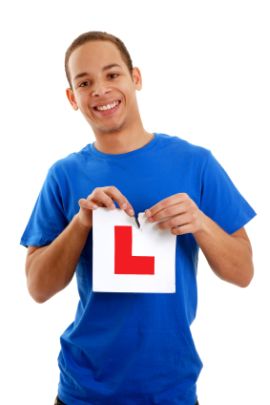How Pass Plus Works
What does pass plus contain? Well, it has six different modules and each of these ones focuses on a different set of conditions in which you might have to drive. These are in and around the town, in all weathers, on rural roads, at night, on dual carriageways and finally on motorways.
The course lasts for a minimum of six hours. When you undertake the course you get something called a pass plus pupil's guide which tells you all about the course. It is a fully practical course with no theory element. There is no test at the end of it so you can relax on that score! However, the instructor will constantly assess how you are performing and there is a training report that you'll need to sign when you reach the standard in each module.
Once you have completed the course, you get sent a certificate and this should allow you to claim a discount on a car insurance policy.
If you have undertaken and passed pass plus, is there anything left? Well yes, there is the possibility of taking what is called an advanced driving test. This takes you to a higher level again when it comes to driving.
If you are interested in pass plus and would like more information, then there is a page on the DirectGov website that will outline this in more details:
http://www.direct.gov.uk/en/Motoring/LearnerAndNewDrivers/NewlyQualifiedDrivers/DG_4022426
Related Articles...
Your driving licence: getting it back
As the New Drivers Act article outlines, if you get six penalty points or more in the first two years of having a licence, then it is revoked and you have to retake both tests: the theory and the...
How to help yourself stay safe whilst driving
It is a sad fact, but a fact nonetheless, that there are very rare occasions on which you can just get unlucky and be involved in an accident, whether minor or major, that you are powerful to do...
The automatic transmission explained
Whilst the automatic transmission system is very clever, you still need to have some control over it, and this is where the selector lever comes into play, which is in the place that you would have...
Tips on buying a vehicle
When it comes to buying a car, many people buy second hand in order to save the costs of a new car which of course often come at a premium having had no previous owner.
However there are risks...
Driving and Eyesight Requirements
If you require glasses in order to meet the requirements for driving legally, then you must ensure that you wear them whilst you drive (or corrective lenses).
There are some conditions that...
Using emergency telephones
There are emergency telephones along motorways. There are telephones that occur roughly once per mile along the motorway which are connected to the emergency services.
There are also blue and...
Professional driving instructors
When you learn to drive, you have the choice who teaches you. The majority of people decide to learn through a professional driving instructor and often through a major school of...
What different cats eyes mean
There are market studs, which are usually referred to as multi-coloured studs or even more usually as cats eyes, along certain areas of motorways and optionally on other parts of motorways...
Vehicle's registration certificate
A vehicle has a document called a V5C, and this is the registration certificate for the vehicle. However this document by itself is not alone proof that the person selling you a vehicle actually...
Testing your driving ability
The driving part of the test to assess if you are safe to let on the roads is called the practical test, and it lasts in the region of 40 minutes in total. The purpose is to assess if you can drive...
Back to home page of driving theory test questions

